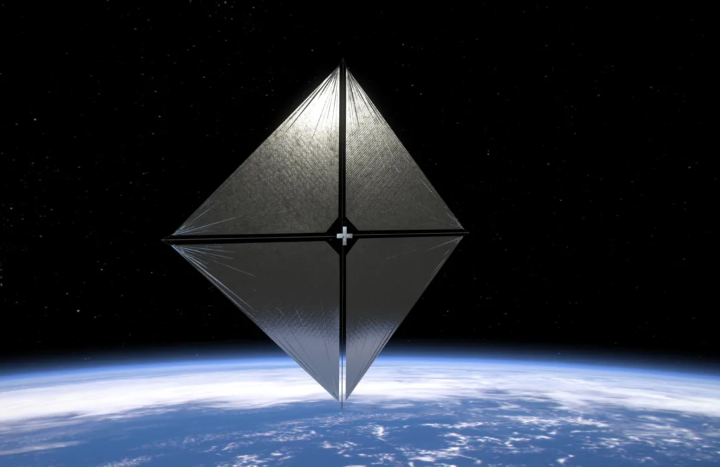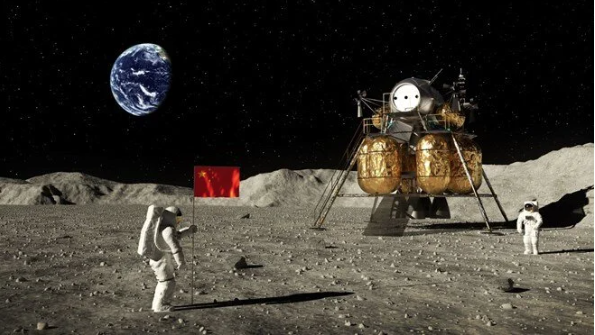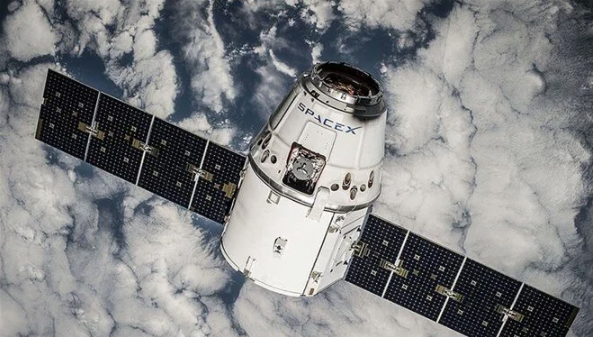NASA releases the first pictures taken with the new space telescope, which show the garish death breath of a dying star, the dance of five galaxies ready to collide, and signs of water vapor on a faraway gas planet.

The James Webb Space Telescope has started transmitting observation data to the Space Telescope Science Institute in Baltimore from a distance of 1.5 million kilometers. The U.S. space agency Nasa has now given the public a first look at photographs obtained by the device during an image presentation that was long in advance announced. This begins a brand-new era in the study of the cosmos for astronomers.
- Biden shared the first full-color photo taken by the James Webb telescope
- Tiny robots invented to brush your teeth for you
The Webb is an exceptional piece of equipment. It is the astronomy field’s most potent and costly telescope. With a 6.5-meter dish, by far the biggest mirror ever installed in space, it will be able to see farther into the history of the cosmos than any of its predecessors.
After the spectacular success of the Hubble telescope in the 1990s, Nasa was in a hurry to launch an even more powerful successor. The difficulties were initially underestimated. At a cost of less than a billion dollars, Nasa planners believed they could launch the new telescope into space as early as 2007. At the end of last year, the time had finally come – with a 14-year delay. In the meantime, the costs had increased more than tenfold to around 10 billion dollars.
Four images from 70 possible motifs
The pressure was correspondingly high to meet the now enormous expectations placed on the new telescope. The Nasa management, together with PR specialists, worked out a program of celestial regions that were to be targeted first in order to demonstrate the performance of the instrument as obviously as possible. The brief was that the first images should be colorful and diverse, covering as wide a range of subjects as possible with Webb, and in particular providing insights into the three major core tasks of the Webb mission: the study of star formation, the investigation of exoplanets, and the foray into the early days of the universe.
The Nasa team selected four images and one spectrum from among about 70 possible subjects. The list of objects under investigation was initially kept secret; for a long time, even insiders were not allowed to know what would be on view. At the end of last week, Nasa finally announced the targets, but the images themselves remained under wraps. Only President Joe Biden put a spoke in the wheel of Nasa’s strategists: he presented one of the images to the world on Monday night, just one day before the agreed date.
The other three images and the now published planetary spectrum are as new for the research community worldwide as they are for the public: Nasa lifted the veil and presented the world with the James Webb telescope’s new view of the universe:
Baby boom in the starry sky
The most magnificent of Webb’s images is of the Carina Nebula. It shows a region of our Milky Way about 8000 light-years away from Earth, where clouds of dust and gas swirl around. The action is spectacular: dust seems to pile up to form an enormous mountain backdrop, colorful clouds penetrate each other, and the swaths repeatedly break open to reveal their interior. Because of their distinctive shape, some formations are known as “keyhole”, “stink finger”, “horseshoe” or “magic mountain”.
The Carina Nebula is a birthplace of stars. In the clouds, gas clusters together until it is compressed and heated to the point where hydrogen nuclei can fuse together to form helium. Where this process gets underway, a baby sun ignites. Thousands of young stars are described in the Carina Nebula, many of them far larger, brighter, and more massive than the Sun.
Many times Carina has been photographed with modern telescopes. Even the Hubble telescope has now taken legendary images of this nebula. But many of the dust clouds billowing here are impenetrable to visible light. Therefore, the birth of the stars themselves is mostly invisible to Hubble inside a dust envelope.
The Webb telescope, on the other hand, is sensitive to infrared light, and this is able to penetrate the stardust. The new image therefore allows researchers to study in a completely new way the subtle balance of forces that controls star formation in dust clouds.

Jupiter in water vapor
One of the most important tasks of the Webb telescope will be to study so-called exoplanets orbiting distant stars. However, there are no photos to be seen here, because exoplanets are too far away even for the Webb telescope to perceive their light directly, especially since it is outshone by the far more intense light of their respective parent stars. But it is possible to measure the light of exoplanets indirectly and to determine its spectral composition.
Spectra are meaningful because they allow not only to identify distant objects, but also to determine their chemical composition. Some astronomers even claim that just as a picture is worth a thousand words, a spectrum is worth a thousand pictures. For planetary scientists, this was reason enough to eagerly await the publication of the first planetary spectrum from the Webb telescope.





